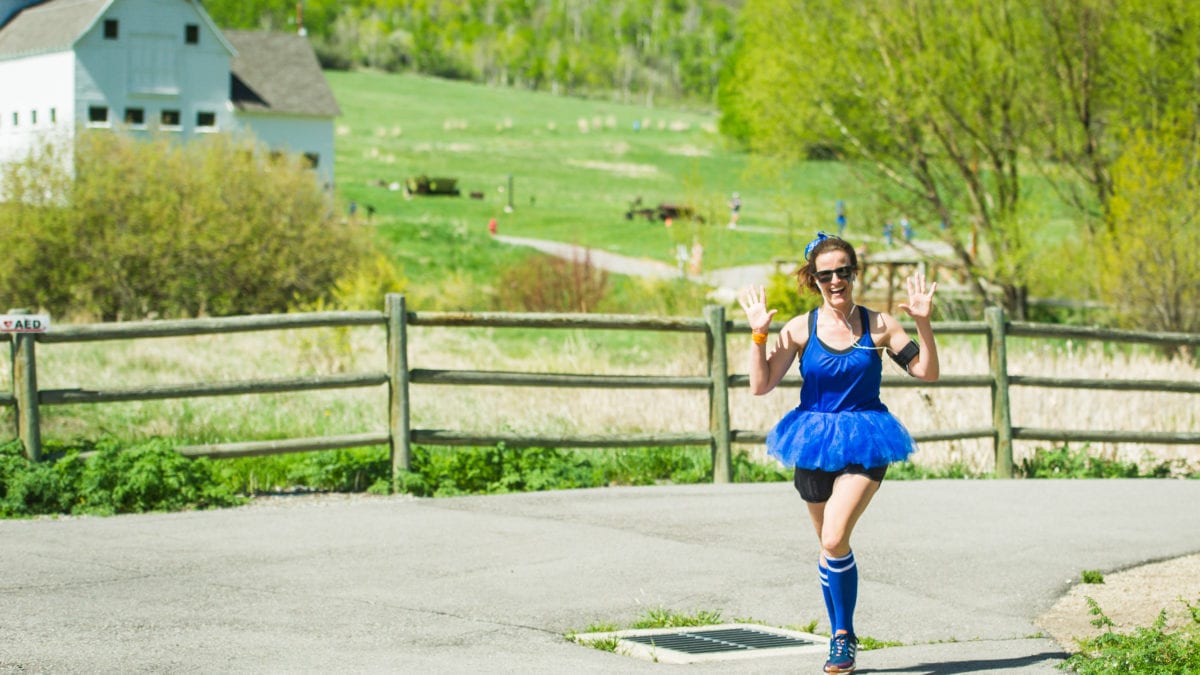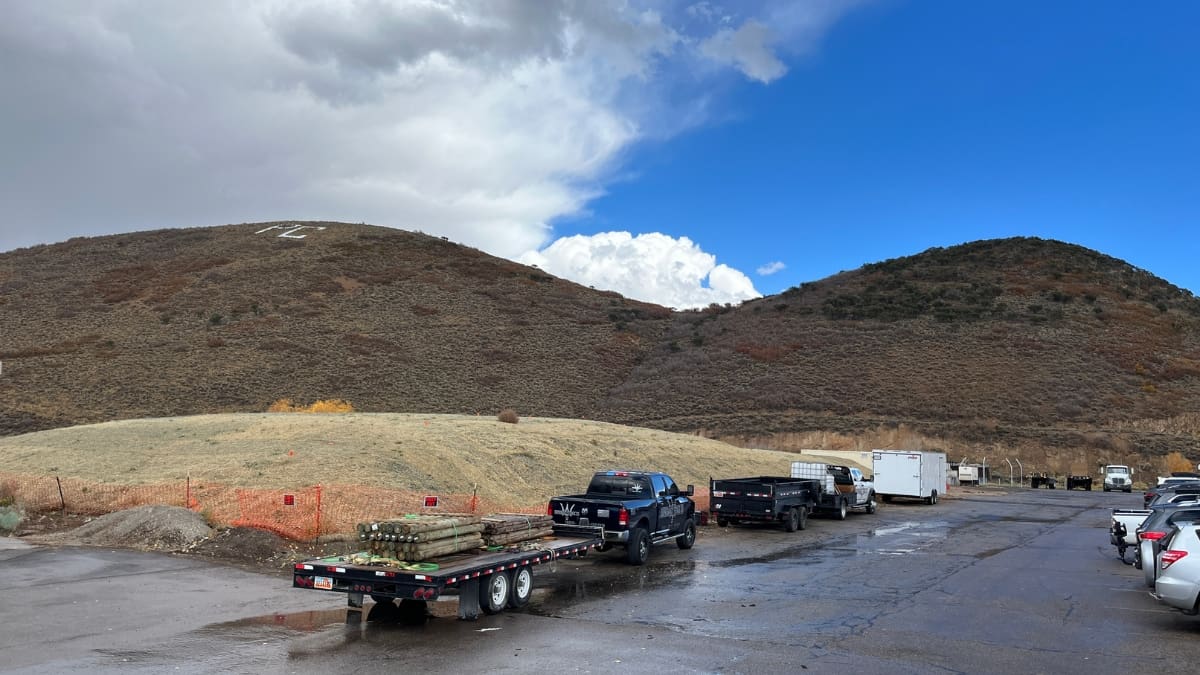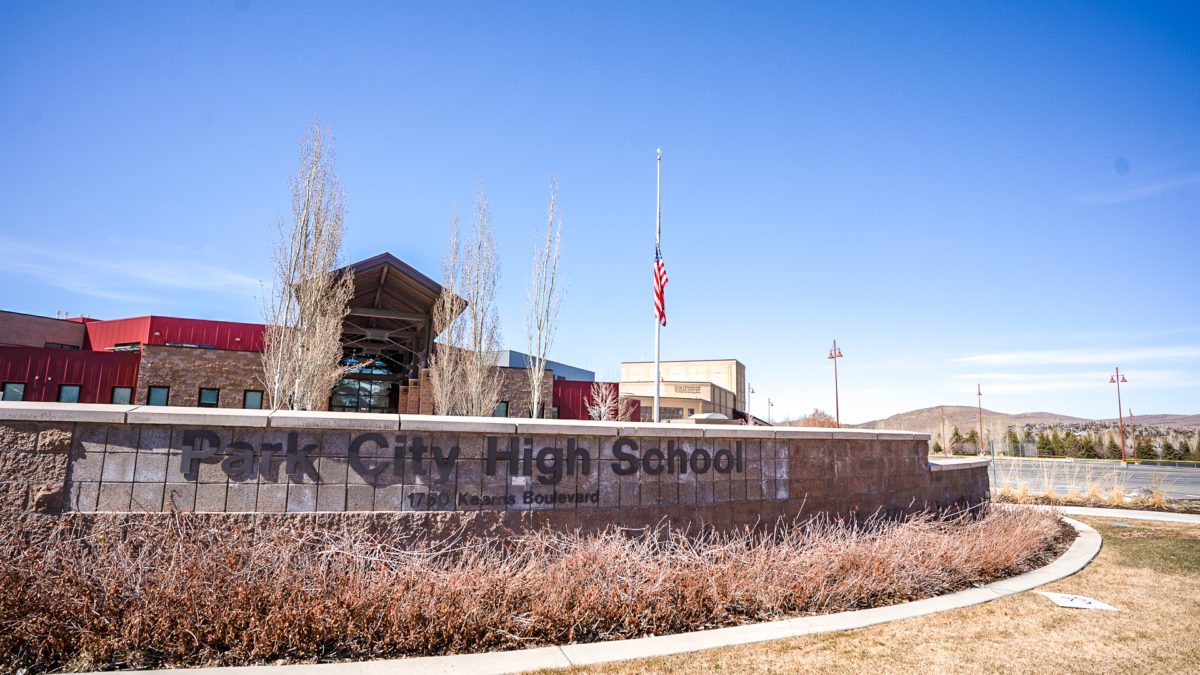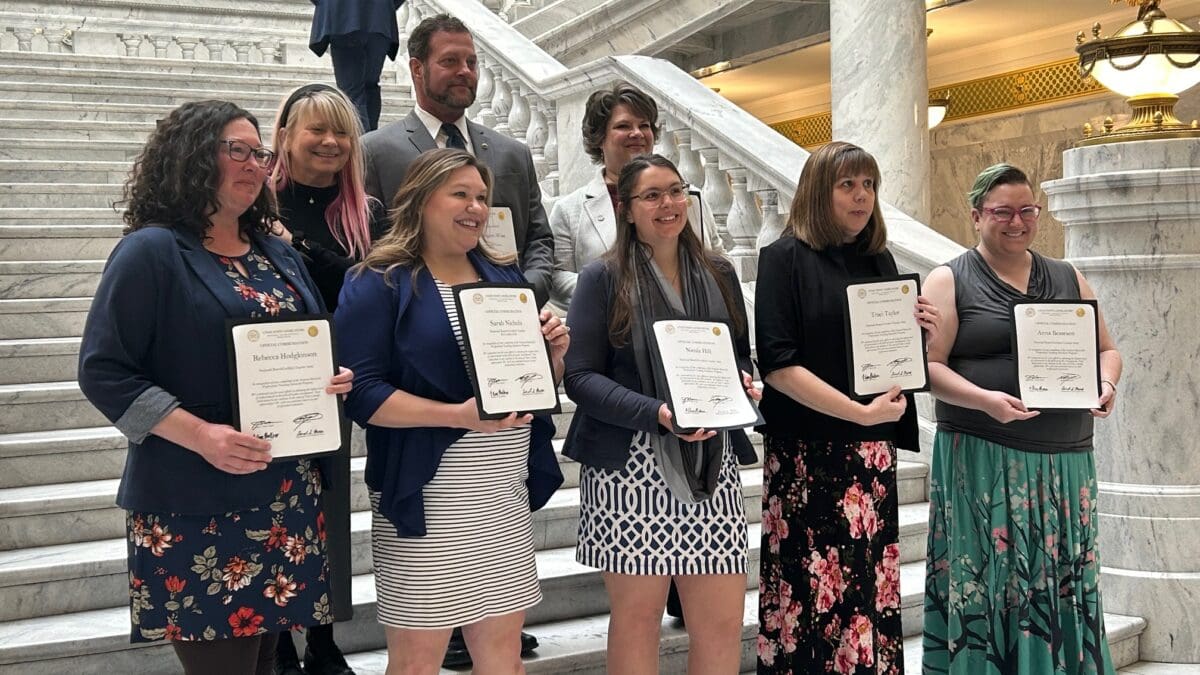News
Park City Education Foundation fills huge gap in state schools spending

Parley's Park teacher Tricia Long in a getup for a past year's Running With Ed. Photo: Park City Education Foundation (PCEF)
PARK CITY, Utah. — Park City’s annual Running With Ed relay is a wacky, costume-filled, family-friendly, not particularly competitive race that serves a function far more serious than some residents realize.
As the second biggest fundraiser for the Park City Education Foundation after the autumn formal Red Apple Gala, RWE contributes $250,000 to the $2 million that PCEF raises annually. Of its total funds raised PCEF spends between $1.3-$1.5 million on district programs, holding the remainder for student scholarships and multi-year ventures.
For a district with a budget of roughly $88 million, a $2 million per year boost might seem a relatively small contribution. It’s not. Nearly 88% of the Park City School District budget is for personnel, leaving just $10 million available for discretionary spending. That means PCEF donations account for more than a fifth of the district’s discretionary spending each year.
Another way of describing discretionary spending: pre-kindergarten; dual-immersion language instruction in elementary schools; robotics; after-school programs; high school honors and debate programs; PC CAPS. The list goes on. And that’s just in a normal year. In 2020, PCEF also designed “emergency express grants” that got money into teachers’ hands within 24 hours of a request, supporting the lightning-fast ramp-up up of distance learning during the shutdown.
“All education foundation money stays in Park City,” said Abby McNulty, who has served as executive director of PCEF since 2008. “That is the local control we can have. If we want to do more here, we as a local community have to decide if we want to support a tax increase or school bond to say ‘yes we do want to invest in education and spend more money than the state of Utah spends.'”
The Park City School District has 680 employees and 5,000 students – a quarter of whom qualify through socioeconomic metrics for free or reduced-price school lunches. The education foundation’s role in enriching Park City public schools with local donations may be incalculable.
Keeping local money local is a novelty in the strange world of Utah education spending.
Moe Hickey, who served on the Park City School Board from 2008-2015 and now runs the advocacy group Voices for Utah Children, said Utah’s education spending decline began in 1996, when the tax coffer devoted to K-12 spending was changed to include higher education spending, diluting the amount previously available.
State income tax has long been earmarked for education. That means that Park City residents, many of whom are high net worth, pay into a system that distributes money to all Utah districts based on student population.
As a result, Park City residents currently pay $100 million more in state income tax than they receive back for education funding, Hickey said. Another way to look at it: McNulty said that 96% of Summit County income tax dollars leave the county to fund other districts. The departing dollars help disadvantaged districts as well as economically healthy districts such as Davis and Jordan that can afford not to pass bonds or property tax increases while they’re benefitting from Summit County’s cash cow.
Speaking of property taxes, which is another state bucket the legislature has been tinkering with: Through various “clawbacks” the state has the power to claim some property taxes for uses such as charter schools, among others. In 2015, the legislature clawed back between $100,00-$200,000 of local property taxes. Hickey said he was stunned last week to read in the PCSD budget that the state has clawed back $35 million since 2015, and the figure is set to go up another $9 million next year.
“We’re raising our taxes and giving money to the state and no one is talking about it,” Hickey said. “It’s not sustainable. We fought this every year and we were successful, but you have to be there.”
One reason the state legislature – ordinarily more well-known for urging everyone to pull themselves up their bootstraps – takes Park City’s gushing fountain of tax money and hands it to needy districts is likely so that it doesn’t have to pony up more from its own coffers. Though Utah has one of the lowest unemployment rates and best economies in the country right now, including a massive cash surplus, the state ranks 51st in per-pupil spending on education.
In the student spending realm, the difference between first place and last place is not quite as close as it is in say, Olympic race times, to put it mildly.
According to educationdata.org, K-12 schools spend an average of $12,612 per pupil annually. Utah’s public school spending is $3,512 as the state contribution with a $7,600 per pupil average once local dollars are added into the equation. In comparison, Illinois ranks 12th and spend of $15,700 per pupil, and Connecticut, ranked third, spends $20,635 per pupil.
Hickey said that a decade ago, former governor Gary Herbert publicly likened Utah schools to Walmart, calling them ‘an okay product at a good price.’
Much has changed in a decade. The state’s population has risen steadily, and new Gov. Spencer Cox pledged to invest more in schools – bumping teacher salaries up to start at $60,000, delivering bonuses to teachers for their additional work during the pandemic, and narrowing funding gaps between wealthy and lower income districts.
Until significant change occurs in the state legislature, whether through education spending increases or tax dollar redistribution, PCEF will continue filling the gap – with help from residents’ generosity.
“People are moving here from excellent districts and schools with high expectations of us,” McNulty said. “They need to understand the schools aren’t resourced like they were where they’re coming from. It’s pretty exceptional to live in a mountain town and have schools like this, and that’s why people are moving here. We have to maintain that and nurture that; it doesn’t happen on its own.”
Reminder: Early registration for Running With Ed ends May 7, at which time the cost to participate increases from $125 to $200 (teachers and students will still enjoy special pricing of $50.)















